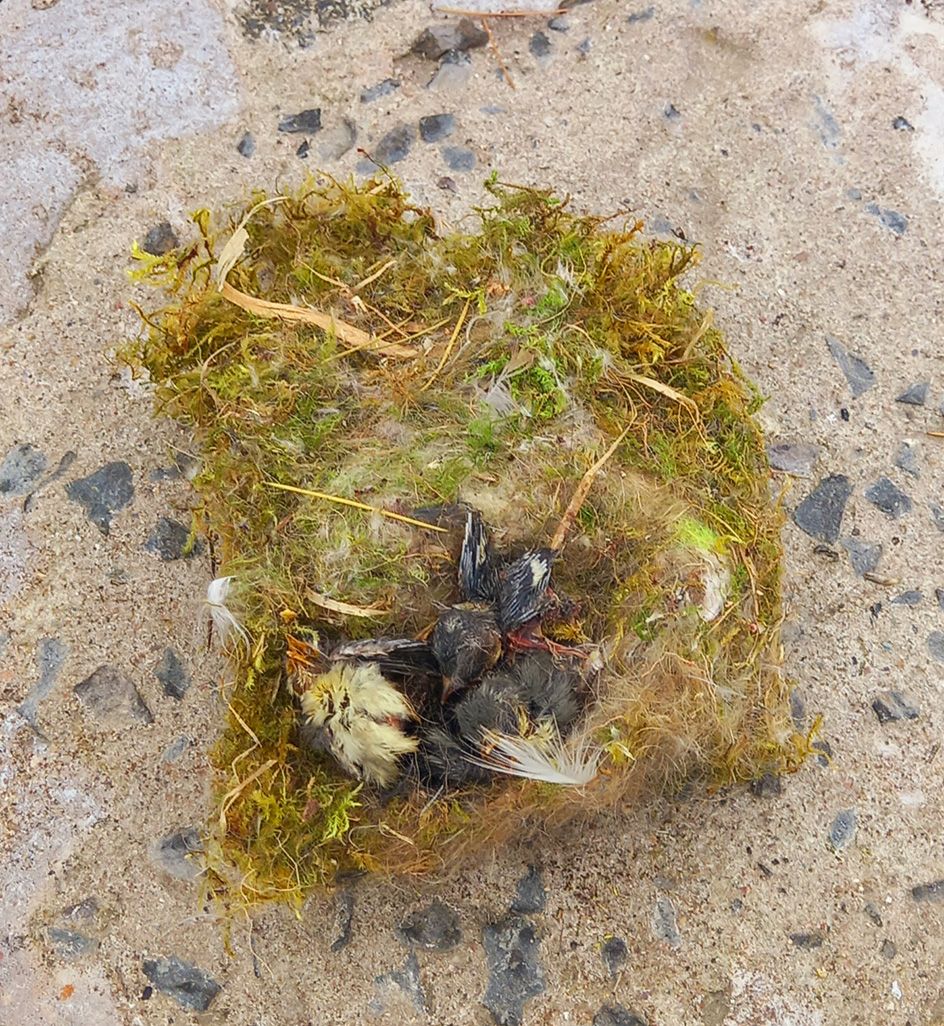WE were just shooting the breeze, me and Andy, standing on the garden path as neighbours do.
We both feed the birds like mad and love all the different varieties that the food attracts throughout the year.
Birds love to visit our gardens, but when it comes to the important business of breeding, they all take off somewhere else.
The blackbirds and robins and dunnocks and wrens and finches scoop up the food in our gardens and disappear across the road and behind far-off hedges where they hide that precious of all cargos: their offspring.
We’ve both searched all the garden’s hedges and scoured the undergrowth. Both gardens are nest-free zones.
But just as we were discussing that very fact, Andy froze and raised his hand in the direction of a wee bush just few feet away. Dúlra turned just in time to see a dunnock sneak out of it and disappear silently down into the garden.
He has seen that behaviour countless times – it was leaving its nest.
You’ll never see birds as covert, as bashful, as silent, as unassuming, as inconspicuous as a dunnock when they’re slipping out of a nest.
Dúlra had checked that tree for nests already, but found nothing.
But the dunnock’s nest is one of the most skilfully hidden of them all. Bird books will always mention this, how the parents only approach it through thick cover. This bird had let its guard slip.
It was time for a more thorough check.
This time, Dúlra spotted it: a small circle of twigs and straws attached to the uppermost branches of the ornamental beech. He raised his phone above the nest and clicked. Four sleeping beauties, their yellow beaks and large, comical eyes closed as they dozed in one of the most comfortable nest cups he’s ever seen.
The brown dunnock – dunnóg in Irish – is in most of our gardens, but rarely do we notice it because it is so shy, creeping around in the undergrowth for insects.
It might look nondescript, but that’s only a cover. Because the dunnock leads one of the most promiscuous lives of any bird.
The details are too much for a family paper, but suffice to say there seems to be a competition between the male and female about who can play away from home the most!
Whatever about their love life, they make great parents. These chicks’ home is as comfortable and secure as they come and Dúlra’s no doubt the four of them will make it safely to adulthood. The other side of nature as three blue tit chicks die in the nest

• The other side of nature can be seen in the second picture. Three blue tit fledglings lie dead in their nest – and we’ll never know why.
The parents had taken to the nestbox in Andy’s garden almost as soon as he had put it up. He watched them bringing nesting material inside and then knew the chicks had hatched when the parents had food in their mouths. But last week he was worried. One of the parents went into the hole with a caterpillar in its beak, and the caterpillar was still there when it came out. It did that many times. And then the parents disappeared.
When Andy and Dúlra opened the box this week, it was a sorry sight. The three chicks were at least a week old, but something tragic had befallen them. We cleaned the box out, hoping against hope that the parents will some day return to try once again to start a new family.
• If you’ve seen or photographed anything interesting, or have any nature questions, you can text Dúlra on 07801 414804.







